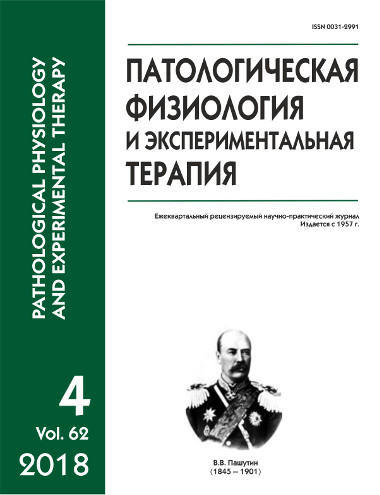New ideas about the course of nephrolithiasis
Abstract
Aim. Among urological diseases a leading one is nephrolithiasis. There are several theories of its occurrence; however, studying many aspects of probable causalities and developmental mechanisms is still relevant. Objective: to determine the dynamics of nephrolithiasis by structure of urine solid phase and to interpret the diagnostic value of major morphological formations. Methods. Urine solid phase structures were formed using the method of cuneiform dehydration (Lithos-System technology). Quantitative distribution of chemical elements in different urine facie zones was determined using the X-ray microanalysis. Results. The technology of studying urine solid-phase structures allows to detect the process of stone formation in the kidneys and to detemine the process intensity and the composition of urinary stone-forming salts. It was shown that nephrolithiasis activity was determined by the degree of affinity (bond strength) of stone-forming salts to protein molecules. Conclusion. Studying structures of the urine solid phase in patients with nephrolithiasis provided qualitatively new diagnostic information about the interaction between two main components of urine, the mineral and organic ones. The mechanism for nephrolithiasis onset and development can be attributed to formation of abnormally strong molecular relationships between organic and mineral components, which creates conditions for emergence of pathological organo-mineral aggregates. The method of cuneiform dehydration of biological fluids allows detecting these aggregates in the form of macrostructures available for visual analysis. The main clinical value of the Litos-System technology is its ability to accurately monitor the course of nephrolithiasis and to support development of most effective therapeutic programs.






